Guiding Students to Be Independent Problem-Solvers in STEM Classrooms
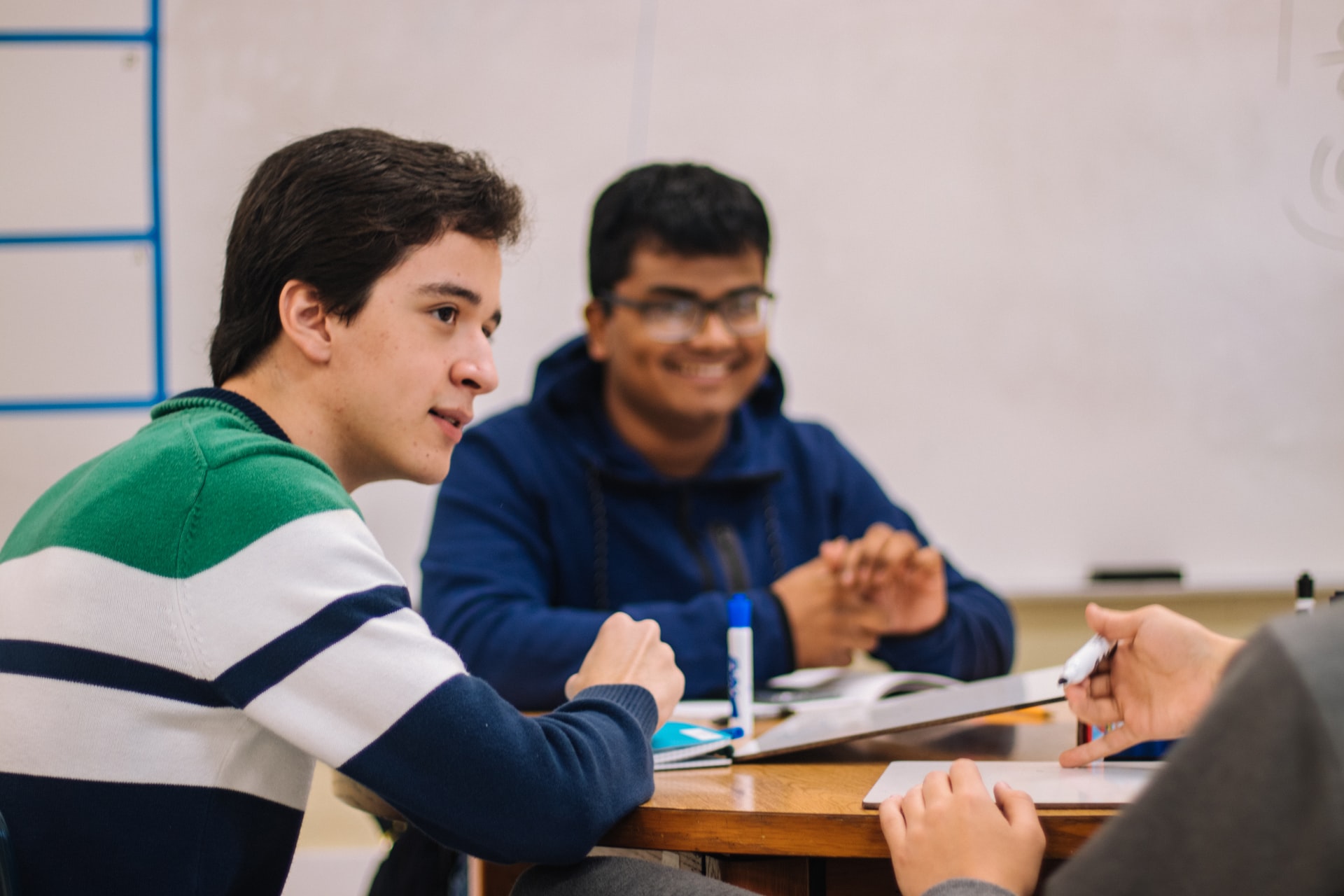
Photo by Jeswin Thomas on Unsplash
Teaching high school students how to plan to solve a problem in science, technology, engineering, and math is a crucial step.
- 0 Comments
- Oct 26, 2021 10:00:00 AM
- Posted by Maria Alejandra Calcetero
- Topics: Robotics, EdTech, STEM, Education, code, 21st Century Classroom, Special Education, data literacy, Coding, Robots,, students, programming, Technology, VR, Realidad Virtual, STEMchat, Edchat, k12, Virtual Reality, virtual learning, classroom, Literacy, STEM literacy
3 Reasons Virtual STEM is Here To Stay
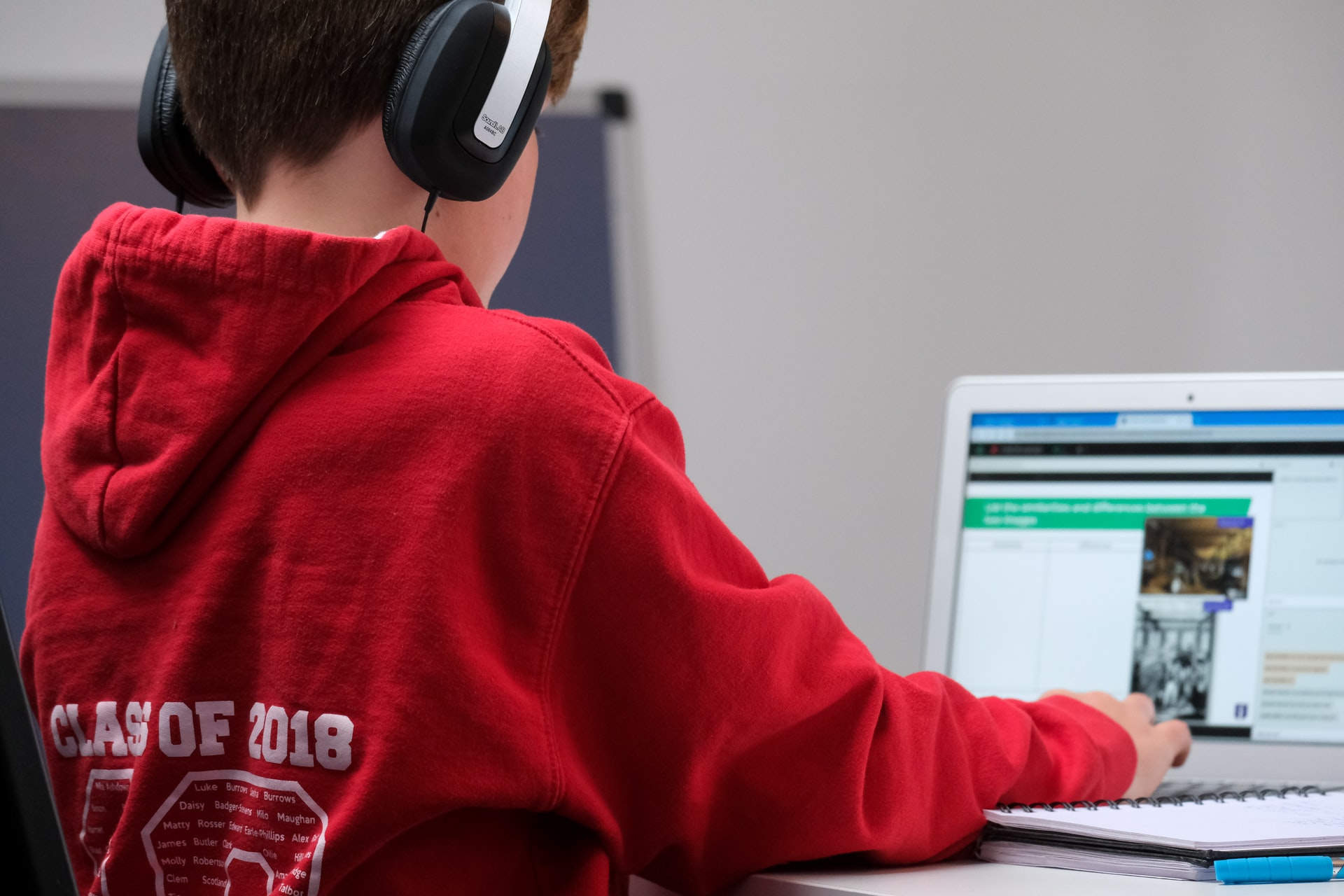 Image source: https://unsplash.com/
Image source: https://unsplash.com/
Virtual STEM offers engaging learning opportunities for students—opportunities that have proved essential during COVID.
- 0 Comments
- Oct 25, 2021 10:00:00 AM
- Posted by Maria Alejandra Calcetero
- Topics: Robotics, EdTech, STEM, Education, code, 21st Century Classroom, Special Education, data literacy, Coding, Robots,, students, programming, Technology, VR, Realidad Virtual, STEMchat, Edchat, k12, Virtual Reality, virtual learning, classroom, Literacy, STEM literacy
5 Reasons Why Coding is Important for Young Minds
By Patria
As a Kindergarten STEM teacher, mom and grandparent, I am consistently empowering myself to keep up with the newest ways to engage my family and students with 21st Century concepts. Recent research puts coding at the forefront of future careers. So, how do we learn and teach our children how to code, and why is this so important? More importantly, how young do we begin teaching our children?
- 0 Comments
- Oct 22, 2021 10:00:00 AM
- Posted by Maria Alejandra Calcetero
- Topics: Robotics, EdTech, STEM, Education, code, 21st Century Classroom, Special Education, data literacy, Coding, Robots,, students, programming, Technology, VR, Realidad Virtual, STEMchat, Edchat, k12, Virtual Reality, virtual learning, classroom, Literacy, STEM literacy
How to Use the 5Es in Remote Math Instruction
 Photo by Antoine Dautry on Unsplash
Photo by Antoine Dautry on Unsplash
A five-stage instructional model—engage, explore, explain, elaborate, and evaluate—can guide students to a deeper understanding of math.
- 0 Comments
- Mar 16, 2021 10:49:08 AM
- Posted by Natalia Galvis
- Topics: Robotics, About the Robots, EdTech, STEM, Curriculum, Special Education, teachers, autism, Coding, students, programming, Technology, VR, Realidad Virtual, Edchat, Digital Technology, teaching, online, Virtual Reality, lessons, eLearning, Automation
Hybrid Teaching Strategies for Elementary Classrooms
By Paula Díaz
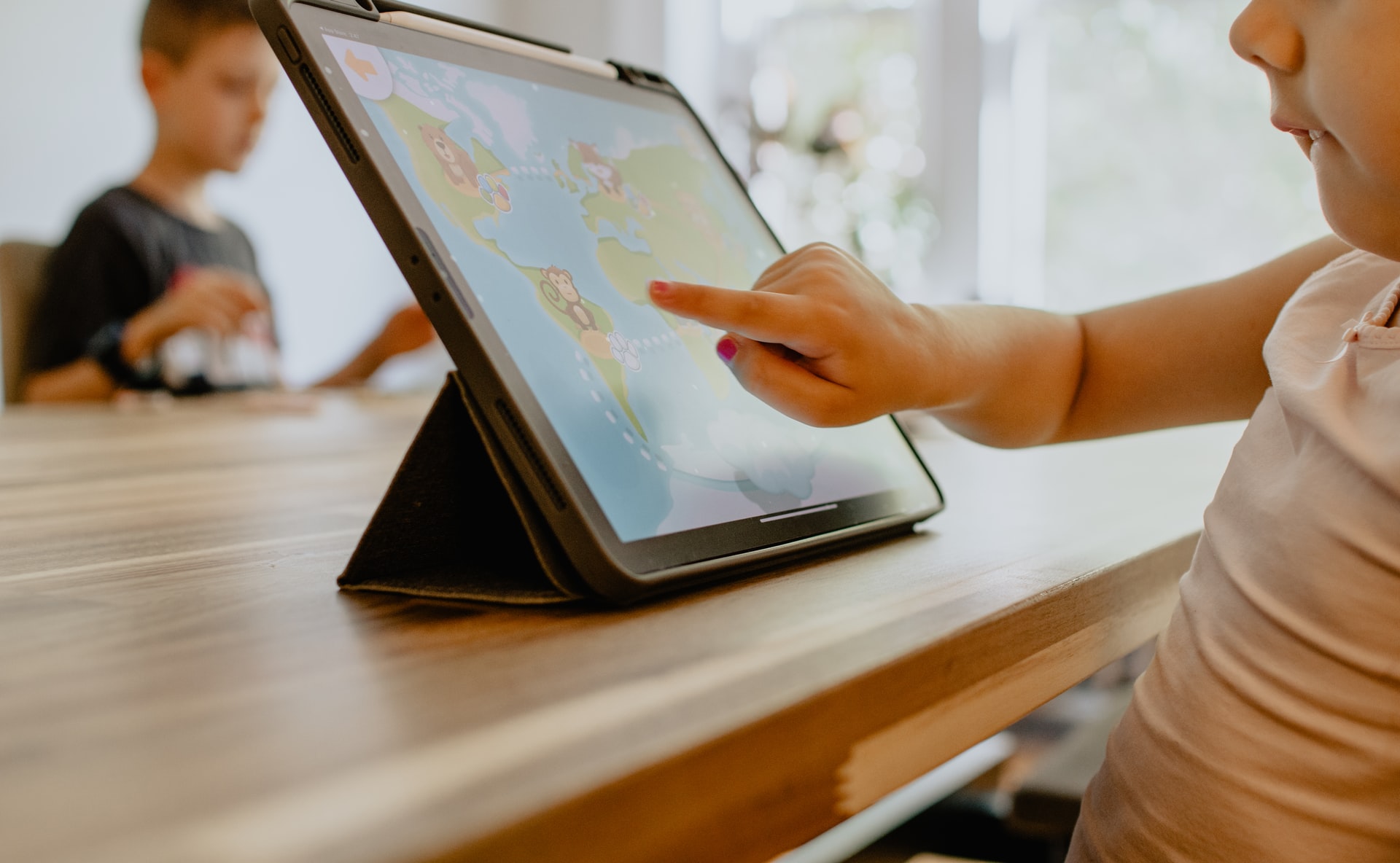 Photo by Kelly Sikkema on Unsplash
Photo by Kelly Sikkema on Unsplash
Some adaptations for hybrid classrooms, like digital manipulatives and instructional videos—will be worth keeping when all students are back in the room.
- 0 Comments
- Mar 11, 2021 10:00:00 AM
- Posted by Natalia Galvis
- Topics: Robotics, About the Robots, EdTech, STEM, Curriculum, Special Education, teachers, autism, Coding, students, programming, Technology, VR, Realidad Virtual, Edchat, Digital Technology, teaching, online, Virtual Reality, lessons, eLearning, Automation
5 Tips for Inclusive STEM Learning Experiences
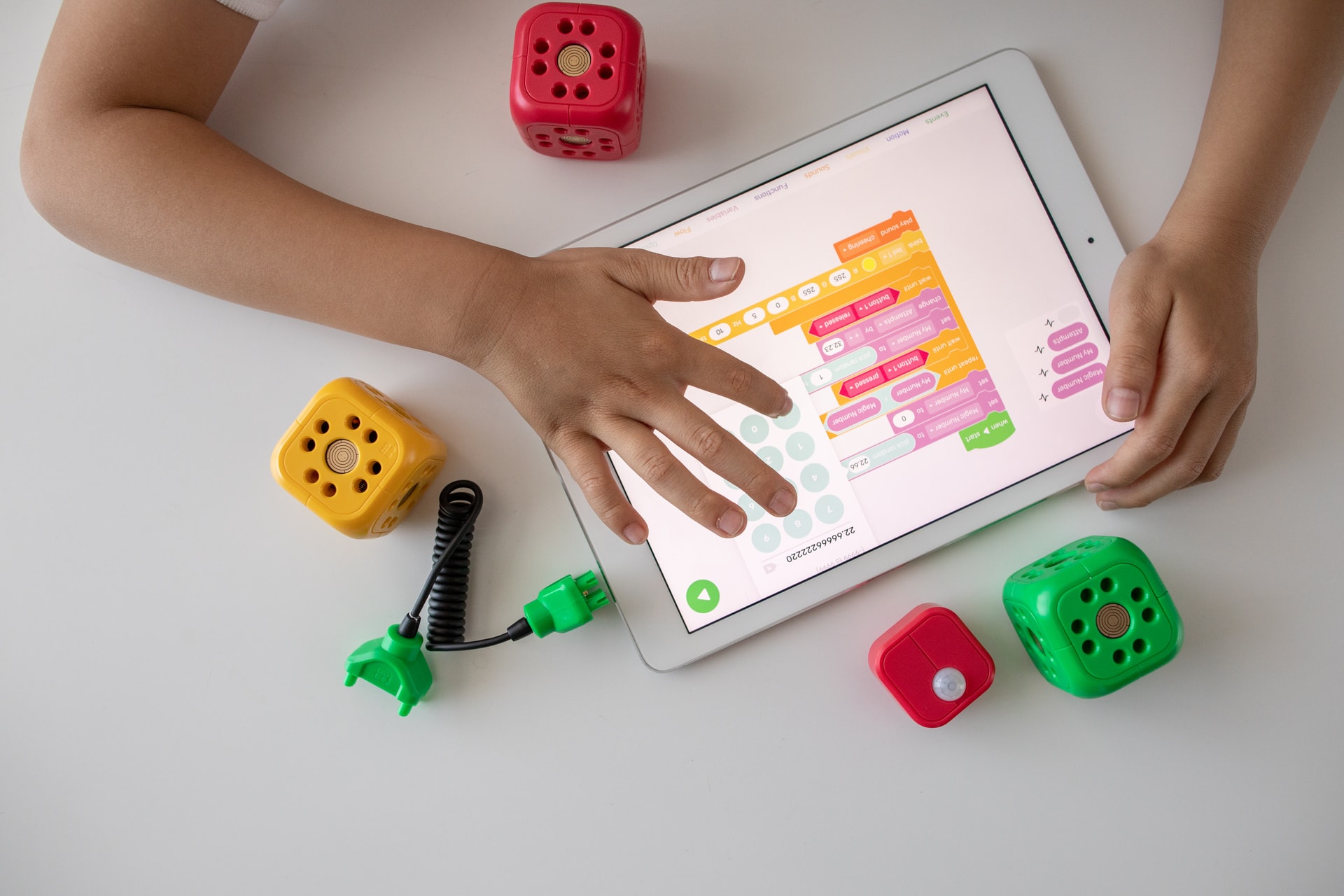 Photo by Robo Wunderkind on Unsplash
Photo by Robo Wunderkind on Unsplash
When students who would never sign up for a robotics or coding class do so because we’ve introduced it to them, it’s a win-win for everyone.
- 0 Comments
- Mar 10, 2021 10:00:00 AM
- Posted by Natalia Galvis
- Topics: Robotics, About the Robots, EdTech, STEM, Curriculum, Special Education, teachers, autism, Coding, students, programming, Technology, VR, Realidad Virtual, Edchat, Digital Technology, teaching, online, Virtual Reality, lessons, eLearning, Automation
Flipped Learning in Remote Education: Turn Your Virtual Classes Upside Down
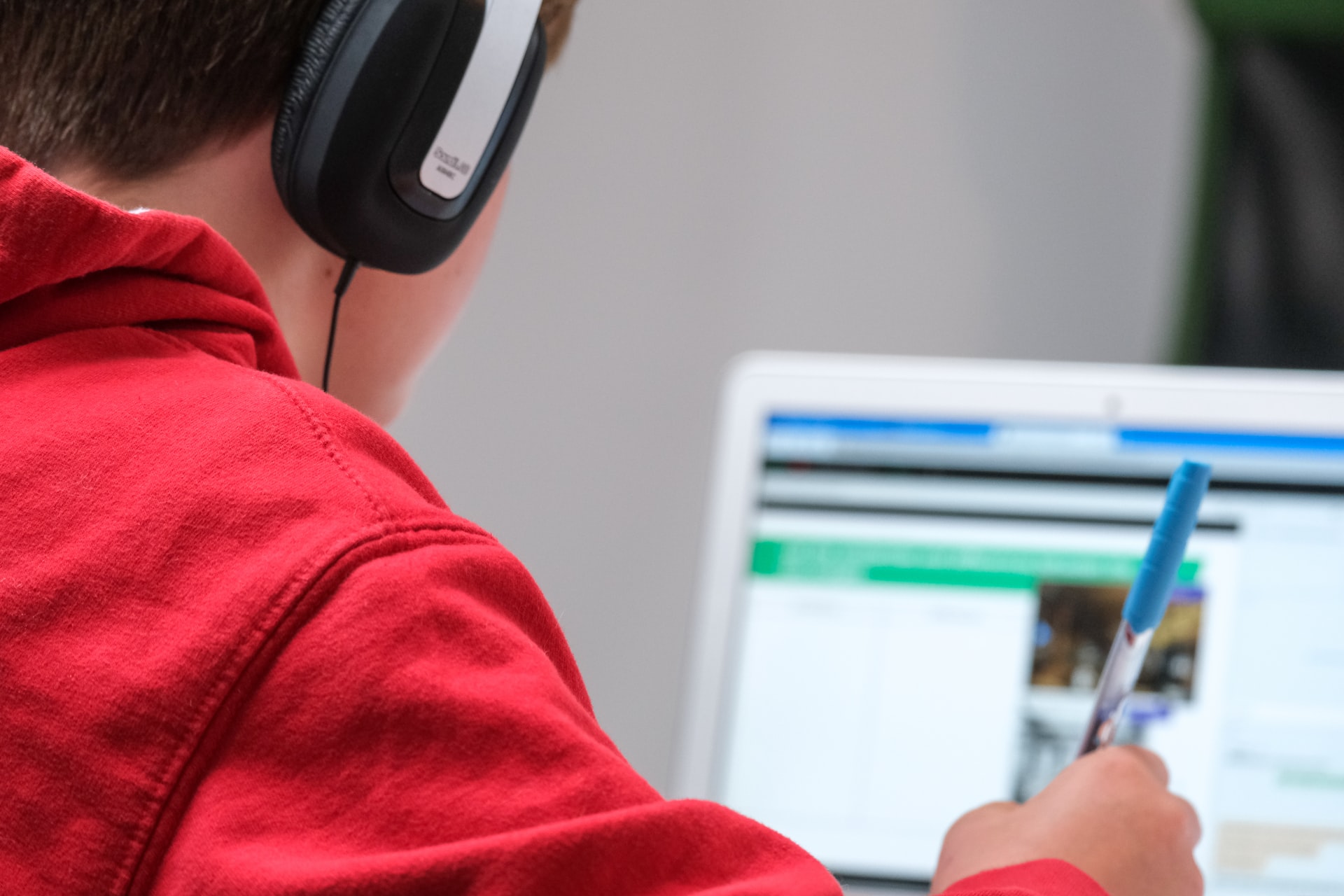 Photo by Compare Fibre (https://www.amvia.co.uk/ ) on Unsplash
Photo by Compare Fibre (https://www.amvia.co.uk/ ) on Unsplash
Have you always been interested in flipped learning but you’ve never actually put it into practice? Remote education offers the perfect chance to discover all the benefits of this methodological approach.
For those of you who aren’t familiar with flipped classrooms, the concept can be explained very simply. Flipping a classroom means turning learning structures upside down: instead of introducing a new topic with traditional lectures, teachers prepare a presentation and hand it over to their students. They will watch it or read it – depending on the format – on their own before the class. Subsequently, class time will be used for hands-on education.
- 0 Comments
- Mar 9, 2021 10:00:00 AM
- Posted by Natalia Galvis
- Topics: Robotics, About the Robots, EdTech, STEM, Curriculum, Special Education, teachers, autism, Coding, students, programming, Technology, VR, Realidad Virtual, Edchat, Digital Technology, teaching, online, Virtual Reality, lessons, eLearning, Automation
5 Ways How VR Will Soon Impact Education Process
By Theresa Cofield
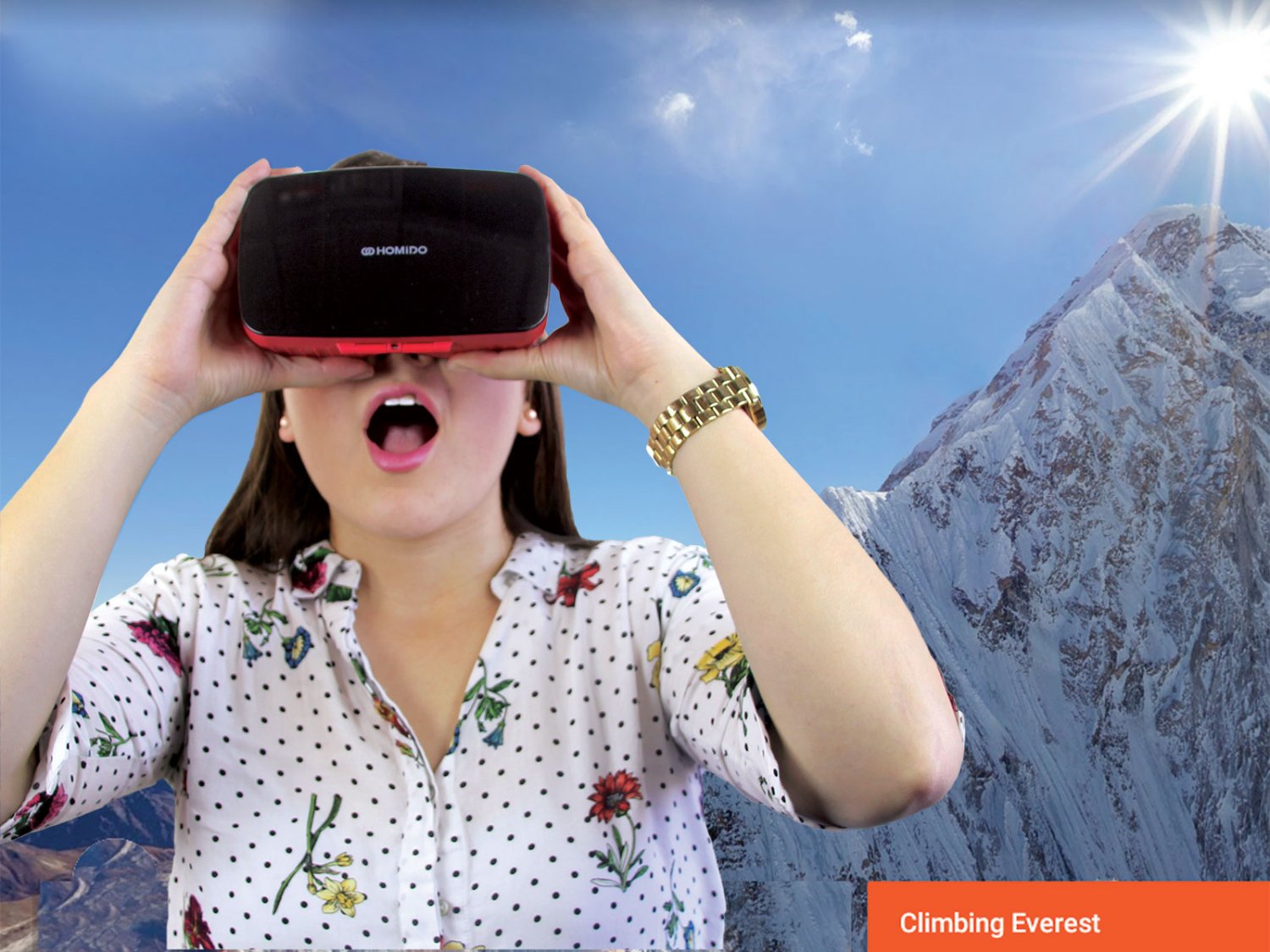
Today, the educational process is almost completely different from the educational process 1 decade ago. Teachers were trying to make the process more fun for children and teens, but so they can learn. Nowadays, with all new technology, it’s definitely more fun and even efficient.
Special equipment for educational purposes is designed to make the knowledge transfer process a lot easier, quicker, and more effective. Throughout the years, the educational process has been evolving, new tech has been added, and the next logical step would be to implement VR technology into the process.
What would be the results and effects on the overall process? Would it make the learning process easier and more efficient? It seems that yes, VR pack kits implementation would cause positive effects on the process. Here are the 5 ways of how VR might soon impact the educational process.
- 0 Comments
- Mar 8, 2021 10:00:00 AM
- Posted by Natalia Galvis
- Topics: Robotics, About the Robots, EdTech, STEM, Curriculum, Special Education, teachers, autism, Coding, students, programming, Technology, VR, Realidad Virtual, Edchat, Digital Technology, teaching, online, Virtual Reality, lessons, eLearning, Automation
Adaptive Behavior Skills for Kids with Special Needs
 Photo by Nathan Anderson on Unsplash
Photo by Nathan Anderson on Unsplash
Adaptive behavior is defined as the set of skills that individuals should be able to perform at a certain age. Examples include social skills, cleaning, and personal grooming. Professionals call this life skills social competence, or adaptive behavioral functioning.
Children with special needs might be delayed in these areas. Part of the assessment for children with special needs is their ability to perform behaviors like those listed above.
As children mature, they can display more complex adaptive behaviors. Preschool-aged children learn to get dressed on their own and tie shoelaces. Third graders can order for themselves at a restaurant. Sixth graders can do certain chores and manage their allowance. Teenagers become more independent by taking public transport on their own, drive and perhaps even do grocery shopping.
- 0 Comments
- Mar 5, 2021 10:00:00 AM
- Posted by Natalia Galvis
- Topics: Robotics, About the Robots, EdTech, STEM, Curriculum, Special Education, teachers, autism, Coding, students, programming, Technology, Edchat, Digital Technology, teaching, online, lessons, eLearning, Automation
Teaching preschoolers to love STEAM
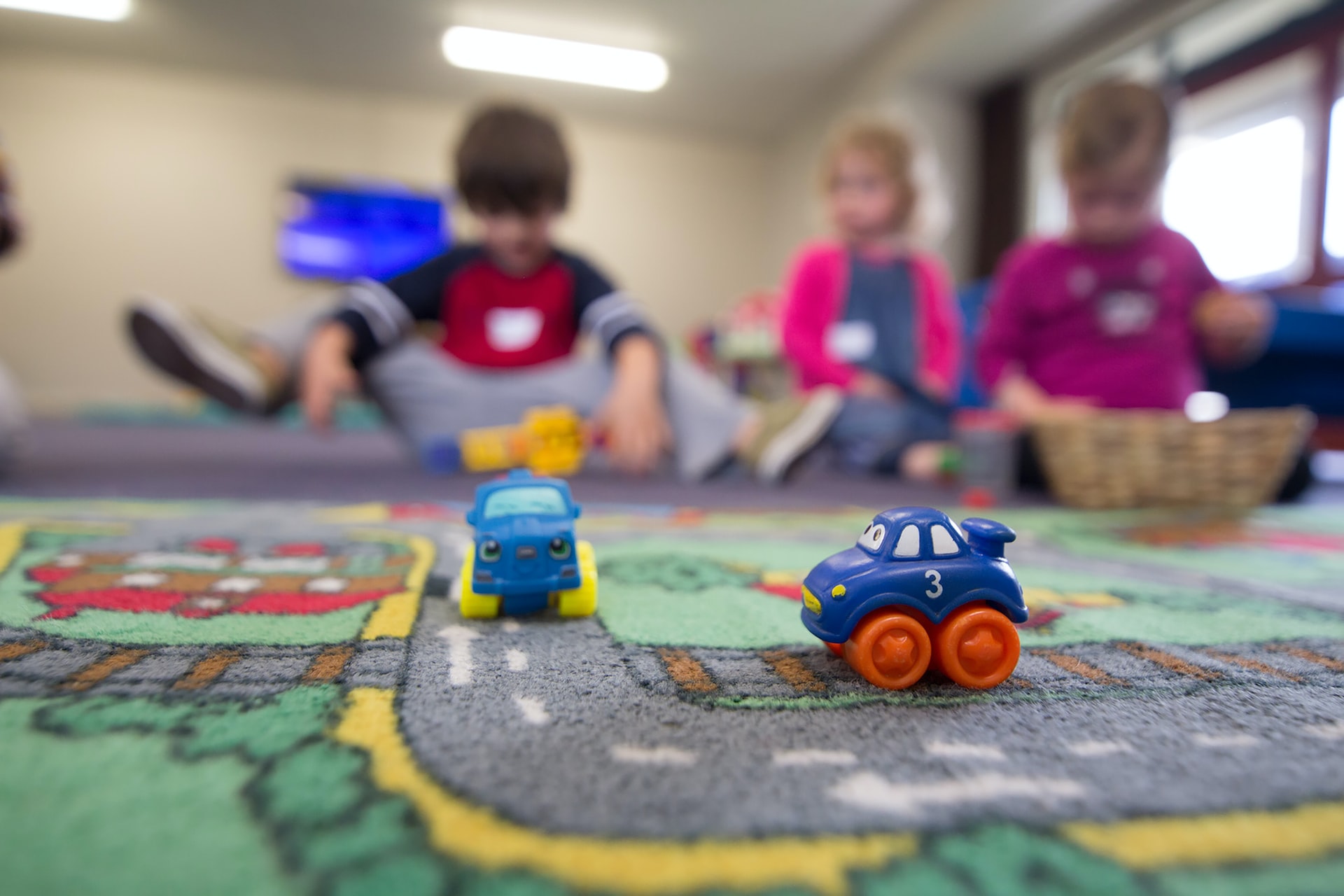 Photo by BBC Creative on Unsplash
Photo by BBC Creative on Unsplash
It starts with a spirit of inquiry, and also involves turning a robot into a bird—discover how science and art merge together in engaging ways.
- 0 Comments
- Mar 4, 2021 10:00:00 AM
- Posted by Natalia Galvis
- Topics: Robotics, About the Robots, EdTech, STEM, Curriculum, teachers, Coding, students, programming, Technology, Edchat, Digital Technology, teaching, online, lessons, eLearning, Automation
Relevant Posts
Popular Posts
Subscribe to Email Updates
-
I Want To Learn MoreADDITIONAL INFORMATION


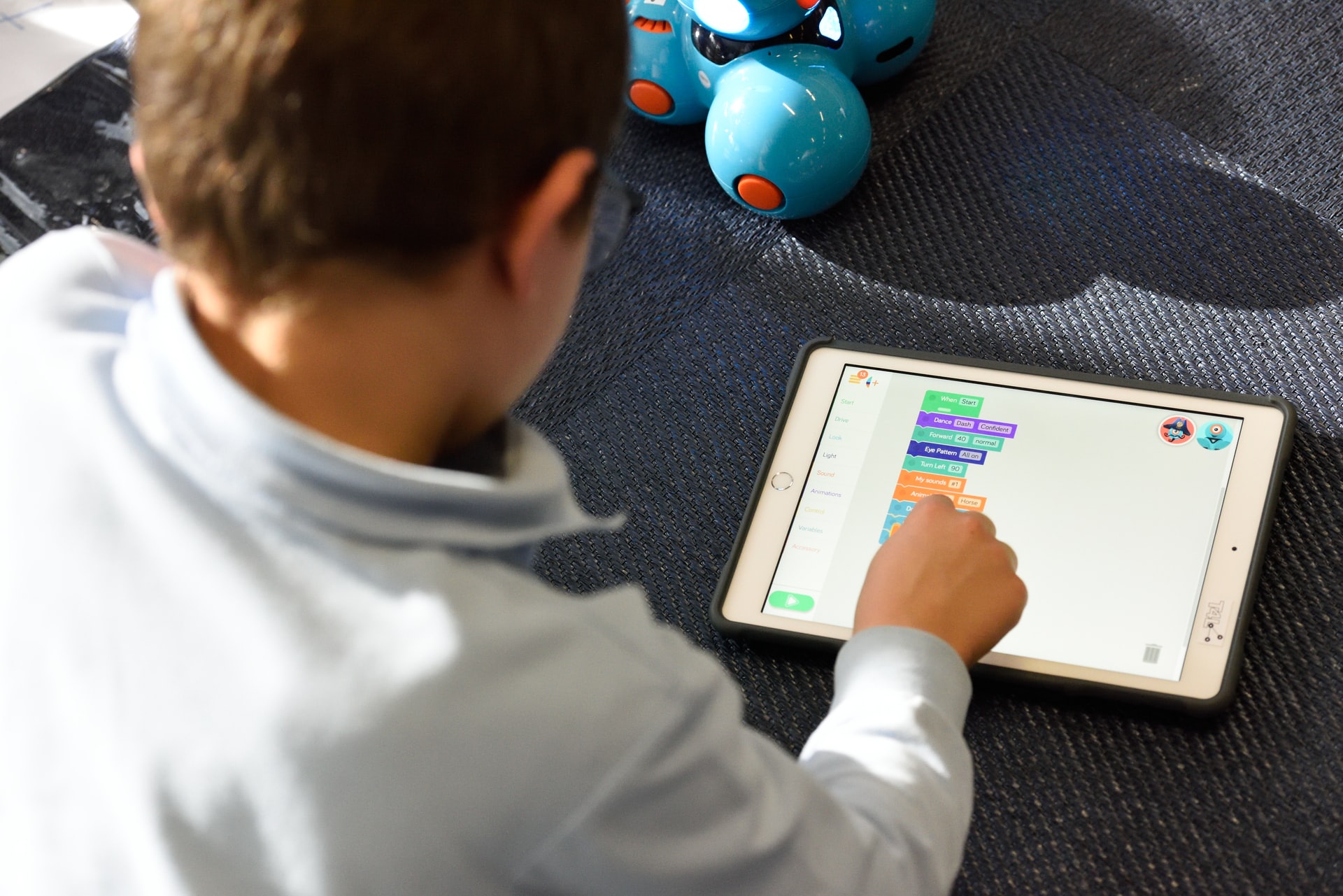 Photo by
Photo by 